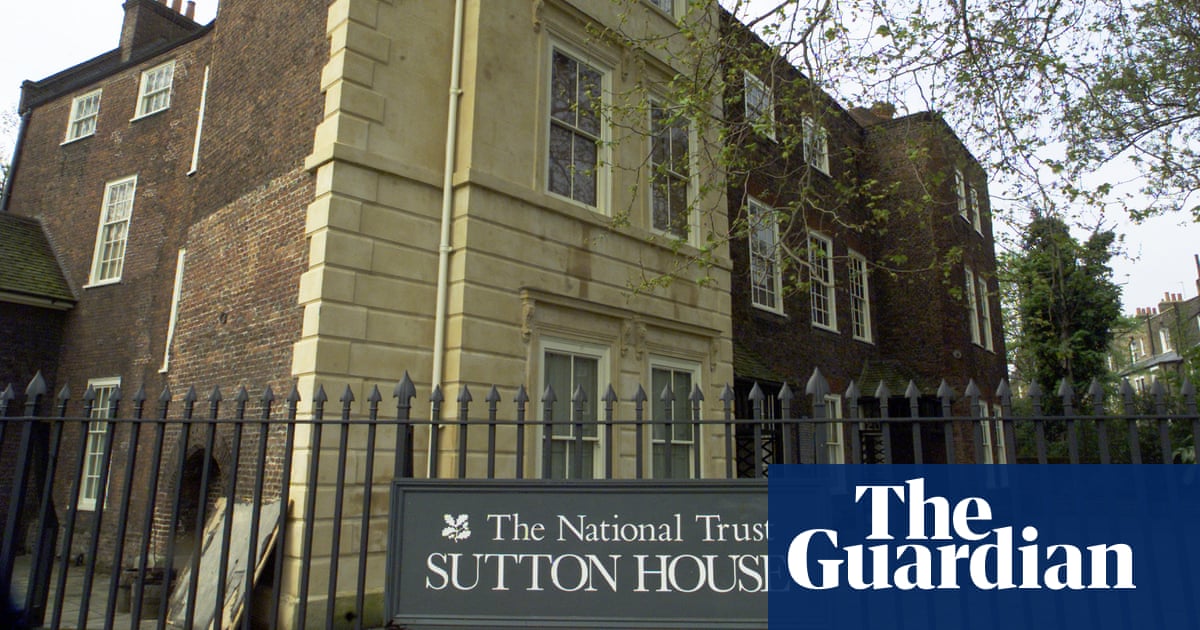Rare examples of 17th-century decorative paper-cutting found amid debris at a historic house in east London that was part of what was known as “the ladies’ university” are to go on display.
Eight examples of the art form have been identified, including a hen embellished with coloured silk and a tiny folded star. They were discovered on a lintel where they are assumed to have settled after falling between floorboards about 350 years ago.
Experts believe that girls attending a school based at Sutton House in Hackney were taught the art of intricate paper-cutting and folding along with other crafts such as embroidery and needlework.
Designs were cut from books using tiny scissors, knives and pins, and then hand-coloured to use as decorations on boxes, bowls and other items.
“It’s an art form that is discussed in 17th-century domestic manuals, but there is very little material survival – only three examples from 17th-century England, of which this is one,” said Isabella Rosner, an expert in modern material culture.
The girls were taught decorative arts alongside reading, writing, arithmetic, French, housekeeping, music and dancing. “They were learning to create something beautiful, and it required patience, dexterity and artistry,” Rosner said.
The work was akin to the popular art of Japanning – imitating Asian lacquer work – but instead using cutouts, watercolours and varnish.
Hannah Woolley, the author of household management books such as A Guide to Ladies (1668) and a skilled paper-cutter, is believed to have taught at Sutton House girls’ school. The surviving examples of paper-cutting were probably “carried out by preteen and teenage girls under her tutelage”, said Rosner.
Sutton House opened as a girls’ boarding school in 1657. Kate Simpson, a senior collections and house officer at the National Trust, said: “It was a relatively new concept to have girls educated. They came from middle- and upper-class families.”
The trust bought Sutton House in 1938 and leased it to the local council and then a trade union. When the union moved out in 1985, squatters moved in and hosted rock concerts and club nights.
In the late 1980s, the Sutton House Society campaigned to save the building for community use. Its treasurer, Ken Jacobs, found the tiny paper-cuttings while sifting through dust. “He saved them from ending up in a skip,” said Simpson.
But it was another 30-plus years before Rosner identified the objects as rare examples of decorative paper-cutting. They will be on display at Sutton House from Friday 19 July until December, after which they will return to storage.
“The colours are so vivid because they have been hidden from light for so long. We want to make sure that we don’t expose them to light for too long,” Simpson said.

